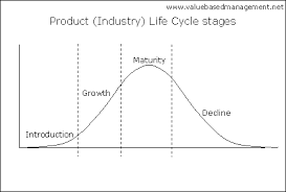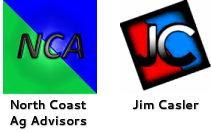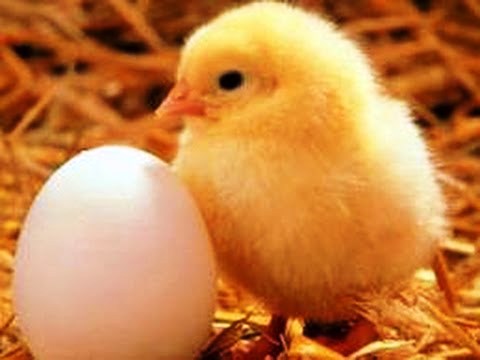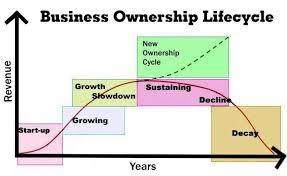| You own a family business, or you’re part of a family business. Maybe you’re the founder or one of the presumed successors. Wanting the family business to grow and prosper, and hopefully thrive into future generations, are natural wishes and dreams. Reality and history show us that not many family companies survive for generations…both from a pure business perspective and because families don’t always maintain unity and support. Long-term success with family-owned businesses is rare and is generally the reward for those business leaders that understand the odds are stacked against them and take proactive measures to help ensure long-term sustainability. |
Rapid technological change and industry contraction are the leading causes for the “Going Out of Business Sale”. Of course, economics and social trends also account for a small portion of business closures. The remainder of business failures has to do with how well the business responds to change – both internal and external.
Assessing a family-owned business and trying to pinpoint the odds of long-term sustainability is not an exact science…as you might imagine. However, there are several factors that can help increase your odds.
Growth and the ability adapt to opportunities and threats are the key to survival for anything – person, plant, animal, family or business. In order to grow and adapt, your business needs enough resources (human and capital) and the ability to employ them in a systematic approach. In a family-owned business system, the key stakeholders must be aligned and continuously developing your family’s talents and resources to take advantage of opportunities and protect yourself from a variety of internal and/or external threats.
Sounds basic and makes sense. Learn, develop, grow and everything will be OK. Not so fast there Johnny. Today, let’s review a few key factors that greatly impact how your family and its business progress toward long-term sustainability, or not. The key is to understand at which point you lie on the spectrum of each of the following
· the industry life-cycle
· the business life-cycle and
· the key stakeholders’ life-cycle

Every industry passes through various phases: start-up, growth, maturity and decline. Different industries move through these phases at varying speeds. Generally, you should strive to match your resources, talents and methods to the point you lie in the life-cycle phase. This is spectacular difficult, especially if “tradition” and “that’s the way we’ve always done it” mentality pervades, and/or if it’s a rapidly changing industry.
Technological advances and changes occur at a rapid pace in today’s business world. Many industry life-cycles are becoming much shorter as a result. To survive, let alone thrive, as a family business owner, you must be clear about your goals, resources and talents and strategically move toward business activities that have potential for growth.
Becoming too attached to specific business activities…just because…is a big risk factor. Maintaining and increasing adequate company and family assets, a strong commitment to creating value and the ability to adapt and change are important characteristics for long-term sustainability.
The Business Life-Cycle
Just as industries have life-cycle phases, so does the actual business entity. It starts at the creation phase which is generally considered the founding generation when the business is started. Phase two ideally happens next with a rejuvenation phase, where the family renews its commitment to create long-term value and wealth and to maintain family unity around the business’ core activities. Otherwise, the family-business and owners become satisfied with the status quo, which usually leads to the decline phase. The family-owned business dissolves, family unity disbands and family assets are eroded away. The movement from one phase to another is the result of family choices in response to internal and external conditions.
If you and your business are in the first two phases -- creation or regeneration – you have the best opportunity of adapting to industry challenges. Why? Because you have a realistic view of your world and are still committed to long-term sustainability. When the very real threat of survival is that your doorstep, it is usually too late for your family or business to successfully adapt. Momentum is working against you – big time!
| The Key Stakeholders’ Life-Cycle As a leader of a family-owned business, you strongly influence the ability of a family and the business to adapt to industry changes – whether looking for new opportunities, growing sales, taking calculated risks or simply, betting on the future. Business leaders have periods of energy oriented around growth and risk taking. |
Achieving equilibrium and congruence among all of these factors is challenging. If your task is long-term sustainability and a multi-generational business-owning family, being remotely aware of the impacts of these three life-cycles, Industry, Business and Leader, is half the battle.
Cheers!



 RSS Feed
RSS Feed
